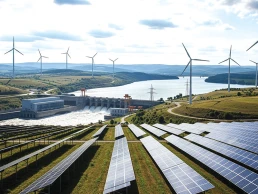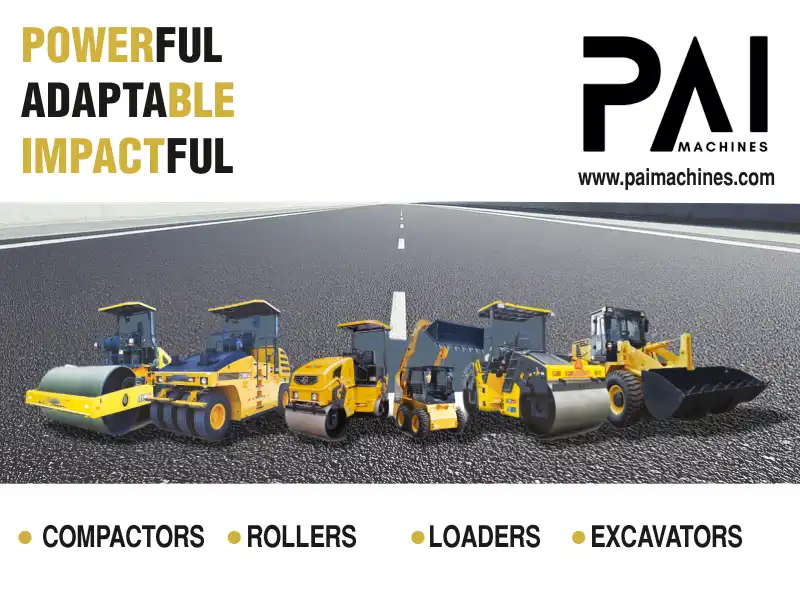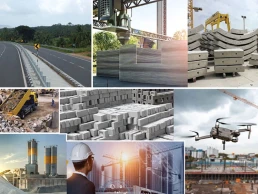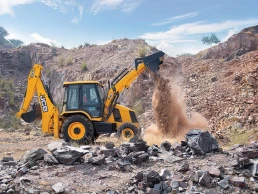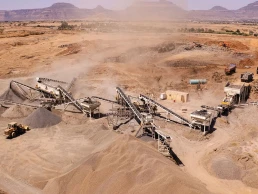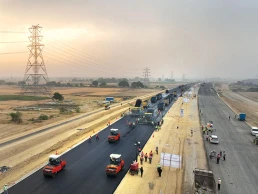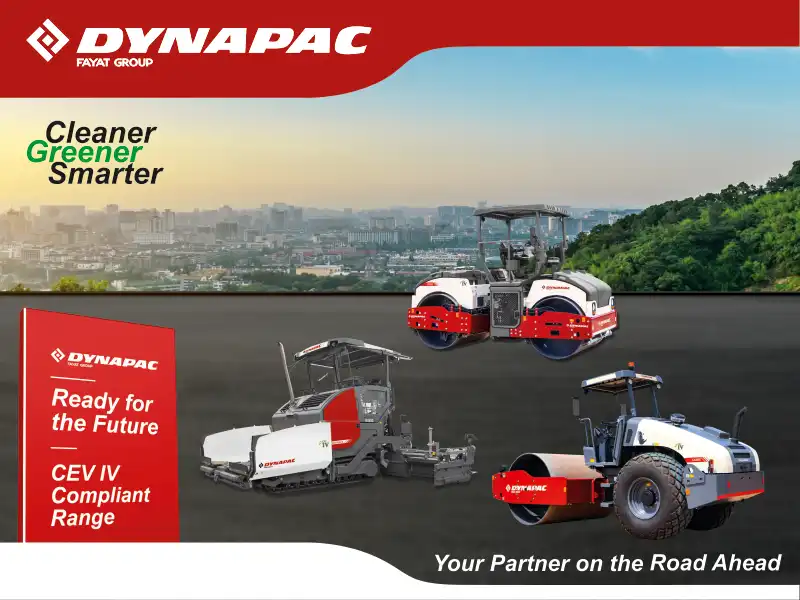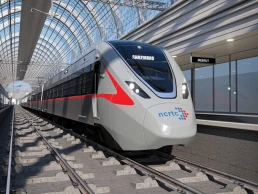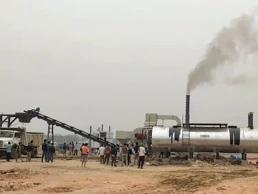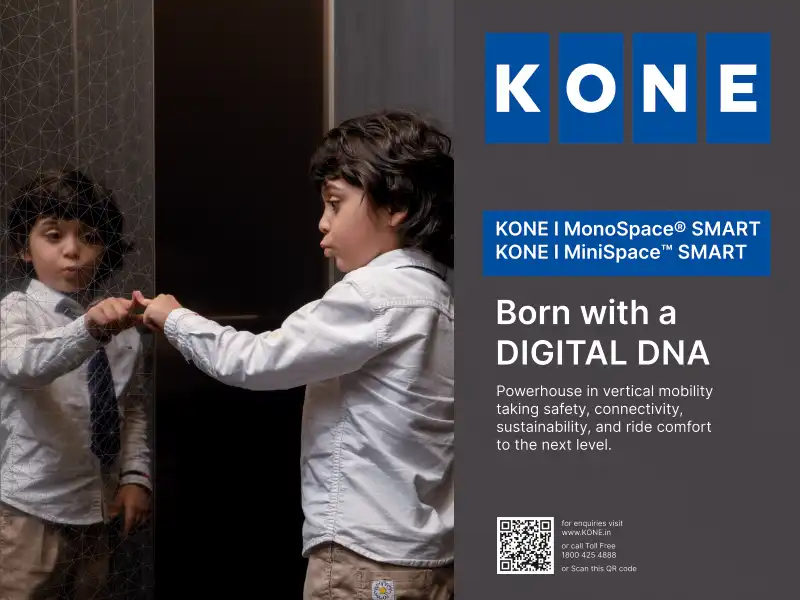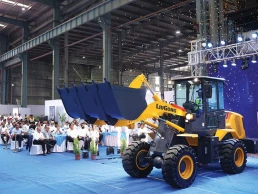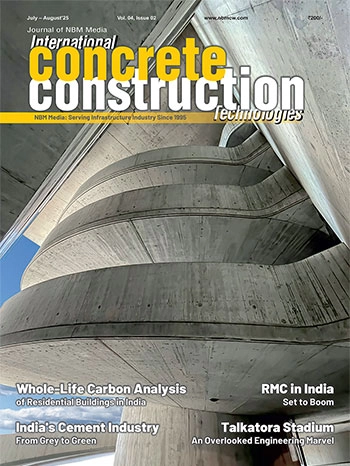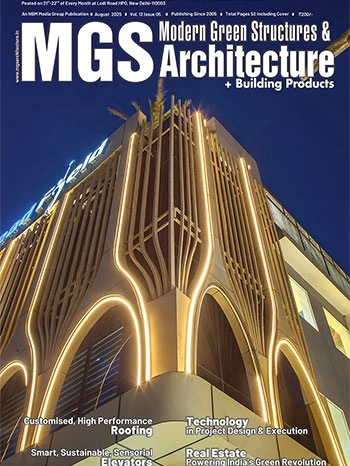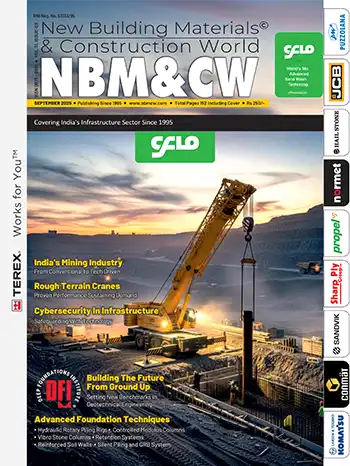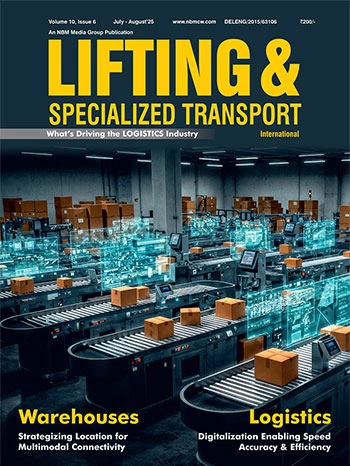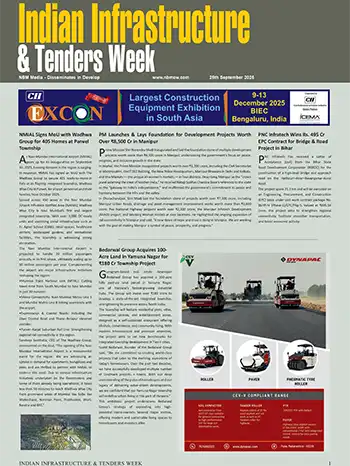3D Concrete Printing: A Look at Challenges & Future of Construction
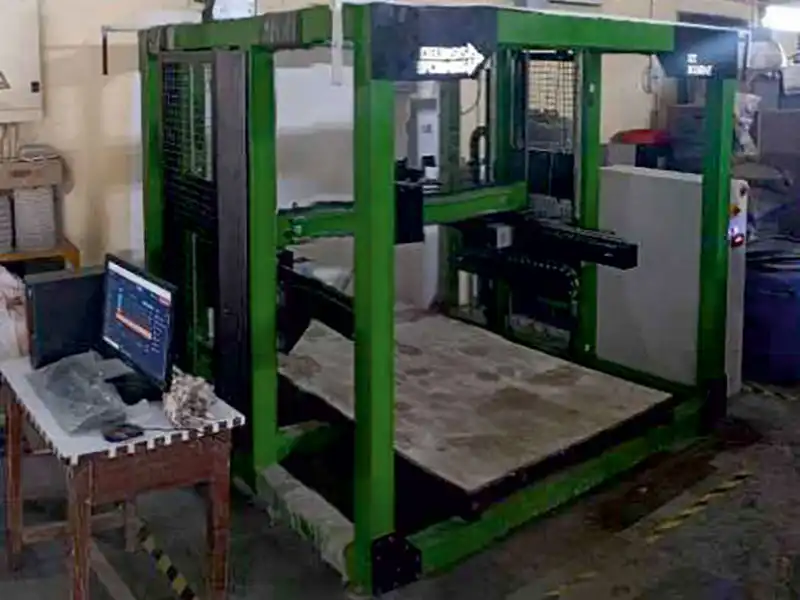 Gantry based laboratory scale 3D printer (at IIT Bombay)
Gantry based laboratory scale 3D printer (at IIT Bombay)Concrete 3D printing technology can be broadly divided into two types: extrusion based and powder bed-based 3D printing. Extrusion based 3D printing refers to squeezing the fresh mortar/concrete through a nozzle to obtain the layer, while powder bed-based 3D printing refers to selectively depositing binder medium onto the aggregate bed. Further, extrusion-based 3D printing is more viable for large scale applications. It is accomplished through different printers such as gantry based, robotic arm based (stationary or mobile), and cable-controlled 3D printers.
The success of 3D printing technology lies in designing the printable mixture or ink, which is a challenging task as the mixture must fulfill the conflicting workability requirements of extrudability and buildability. Extrudability merits the mixture to be consistent enough to support defect free deposition, while buildability merits the mixture to be stiff enough to support the weight of the layers deposited. Further, such conflicting workability requirements are to be met in a short time frame.
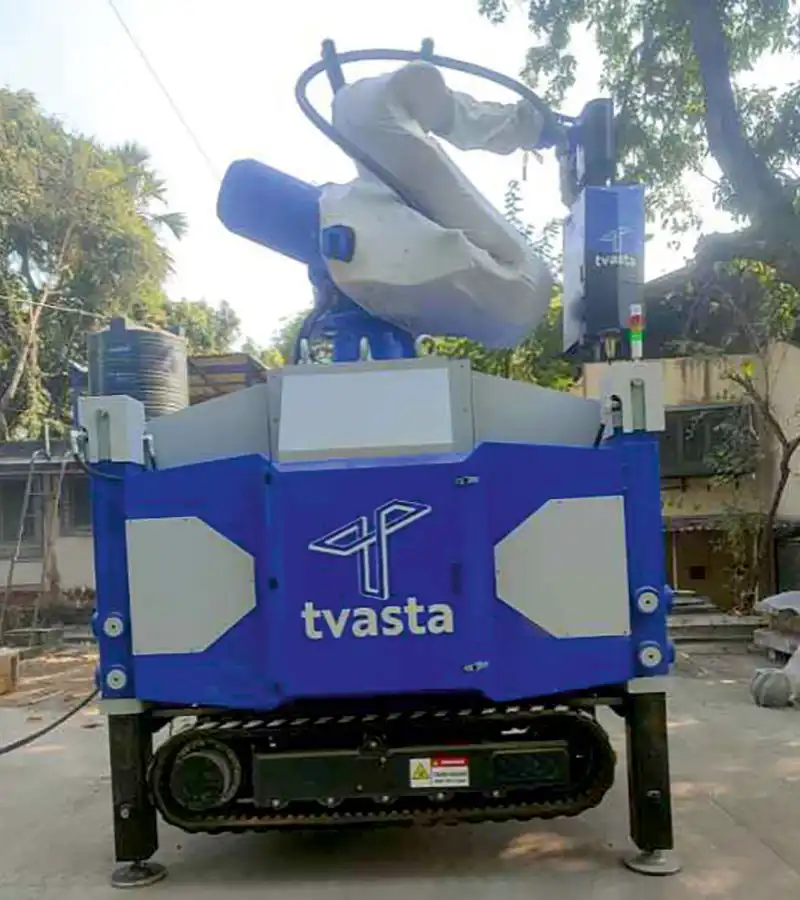 Robotic arm-based industry scale 3D printer (at IIT Bombay)
Robotic arm-based industry scale 3D printer (at IIT Bombay)Several other material challenges include higher binder content in the mixtures and lower aggregate sizes, which leads to shrinkage and sustainability issues. Further, the printable material should withstand the varying ambient conditions during and post printing.
Apart from the material challenges, there are several other challenges at the execution level in concrete 3D printing technology. Firstly, pumping a stiff mixture, particularly through a hose, is challenging. Also, the process needs to be seamless, failing which the structure needs to be re-printed. Secondly, the referencing of the extruder head to print without any collision with the already printed objects is vital and the tolerance for error needs to be less.
Load bearing structural components should invariably have reinforcement to cater to tensile loads. However, the conventional reinforcement placement techniques are not compatible with the 3D printing technology which poses a challenge for scaling up 3D printing technology for structural components. Research work is being carried out in this direction. Further, printing of horizontal members and overhangs still needs to be explored.
Post printing challenges include installation of MEP services to the 3D printed structure and repair and rehabilitation strategies for the 3D printed structure. Also, there exists structural design challenges due to lack of design philosophies for 3D printed structures. Further, since the technology is new, it also needs to cross the hurdle of social acceptance for large scale adoption of the technology.
In a nutshell, the concrete 3D printing technology is currently at its inception stage with many challenges to overcome before it emerges as a technology to supplement the existing technology, in making a construction project more sustainable, affordable, safe, reliable, and faster.
Published on:
Published in: ICCT, May - June 2024
Share:
We Value Your Comment

































